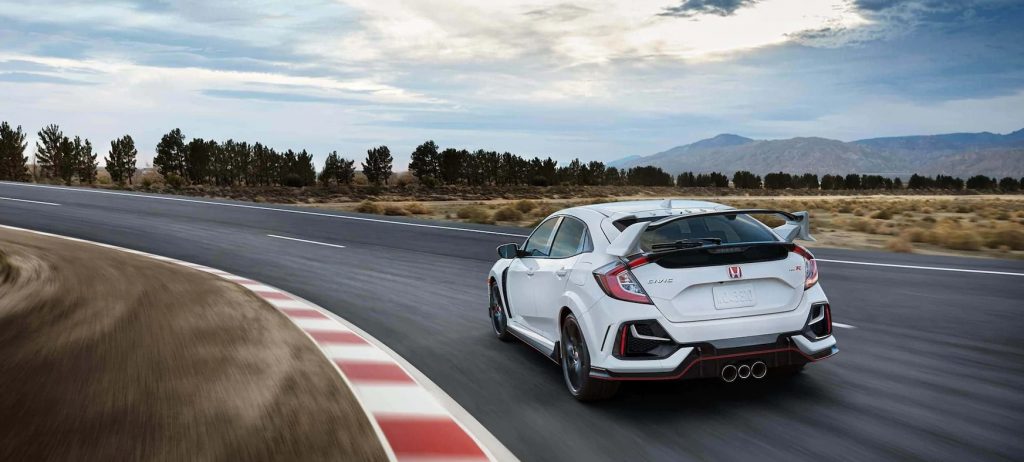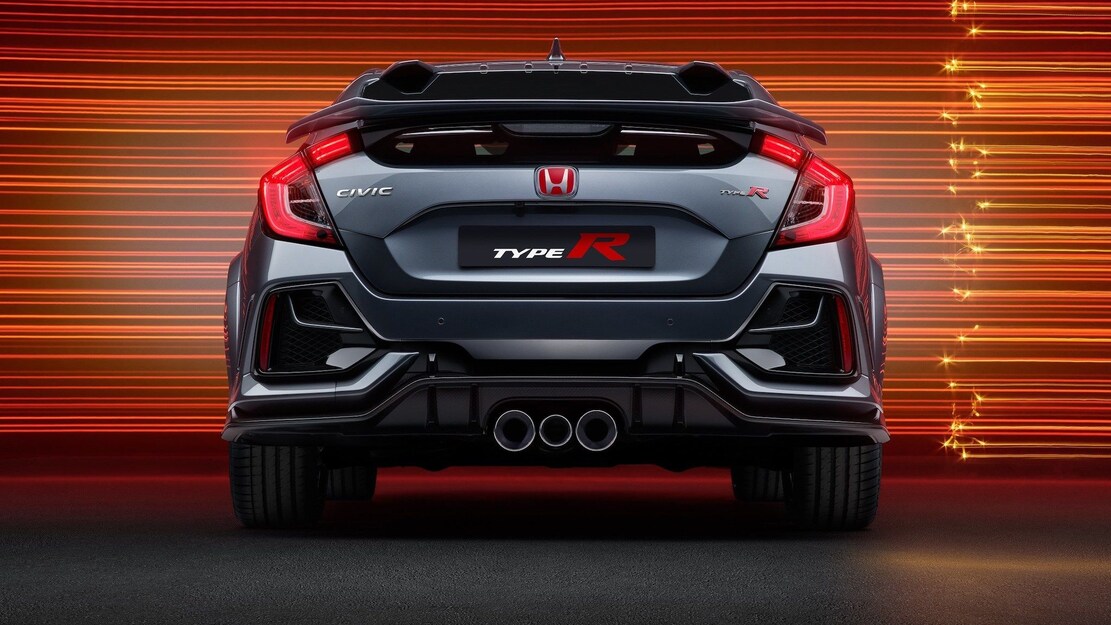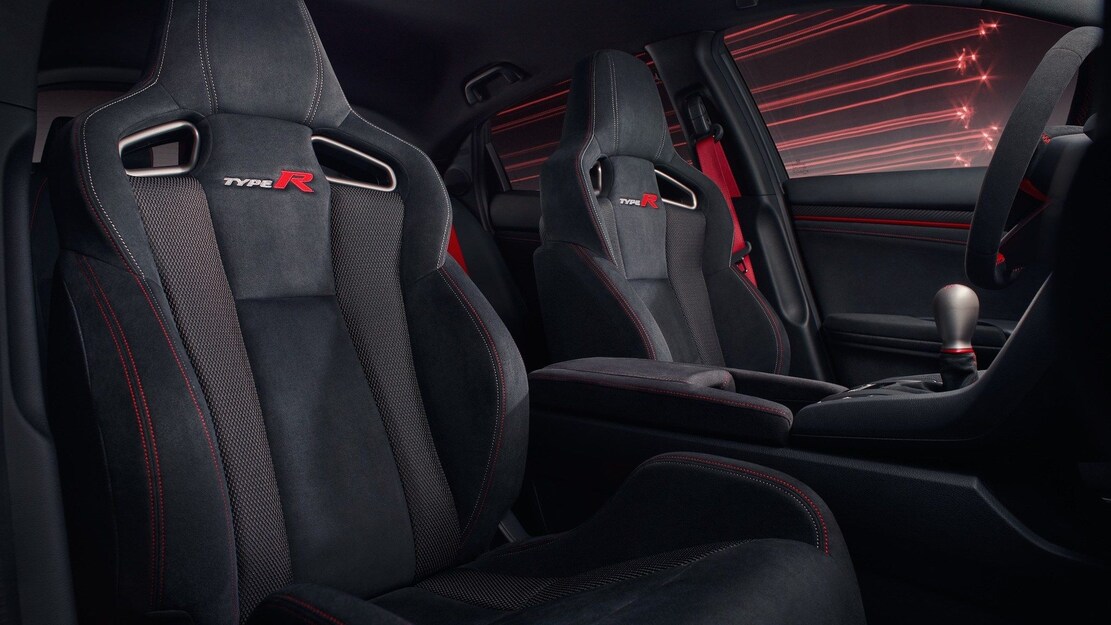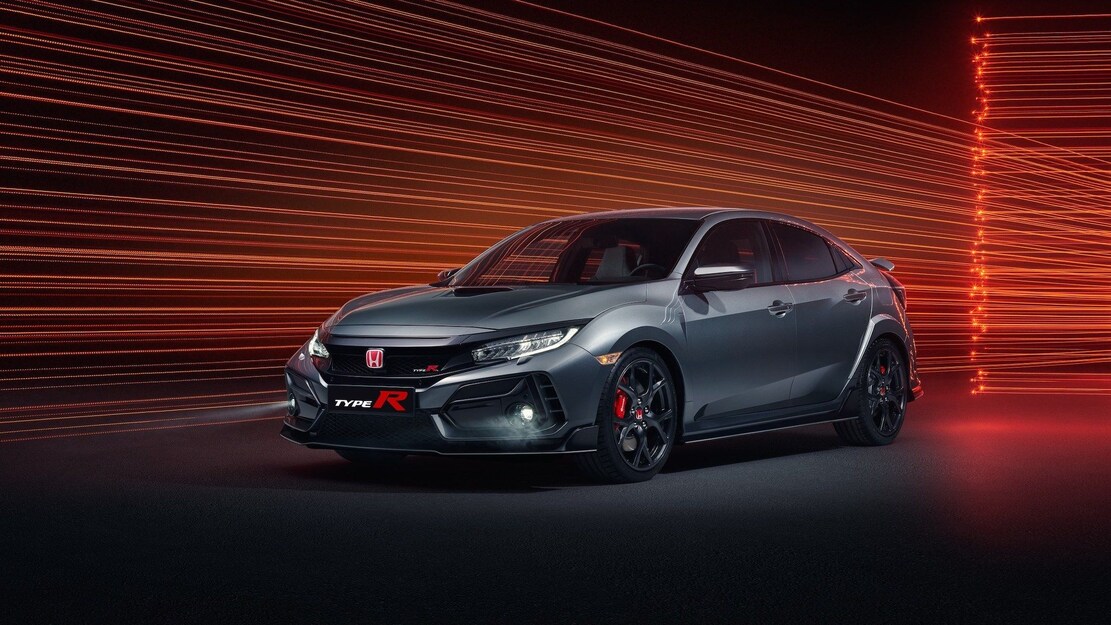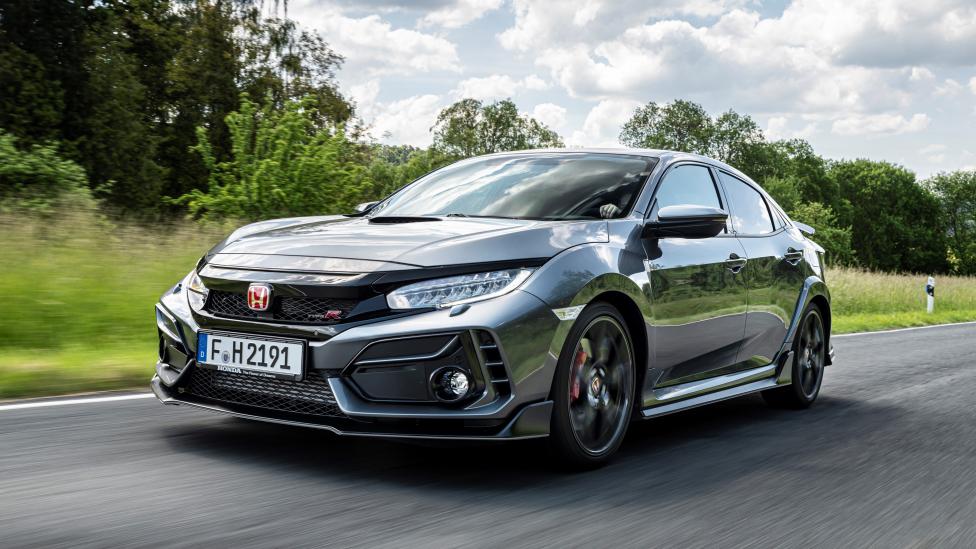Honda Civic Type R Sport Line: An In-depth Look
Introduction
Let’s also establish the fact that the CTR is every bit as deserving as any other car that gets featured on our website. From a performance standpoint, the car is a proven winner: I continue to see this in person at just about every track day I attend where, when under the control of a capable driver, the Type R always gives exotic cars a run for their money and humbles more of their respective owners than they’d prefer to admit.
Now with that settled, Honda has followed a tried-and-tested formula with their latest rendition of the CTR – the Honda Civic Type R Sport Line. As the third distinctive variant (with the standard and Limited Edition models being the other two), the Sport Line model looks to scrap the boy racer image, with a more refined and grown-up persona to take its place. This is an evolution of visual details above all else, with the absence of a large rear wing being, by far, the most notable difference. Other relatively discreet changes – such as smaller 19″ wheels, plus the removal of most of the red exterior accents – collectively proclaim that the Sport Line is more about class than it is about sass.
Engine & Performance
Under the skin, the Sport Line shares all of the same underpinnings with the regular model. After all, the whole philosophy behind the “gentleman’s sports car” has never revolved around emasculating the car’s performance credentials. With all that being said, nothing has been changed in this department.
The CTR Sport Line continues to be powered by Honda’s most advanced K series engine to date – the turbocharged K20C1 – which sends up to 306 hp @ 6,500 rpm and 295 lb-ft of torque @ 2,500 rpm to the front wheels. This allows the car to accelerate from 0-60 mph in 5.3 seconds, on its way to a top speed of 168 mph. Mated to the engine is the same super-slick-and-buttery-smooth 6-speed manual transmission, which continues to be one of the CTR line-up’s most defining and impressive features.
These figures are virtually identical to the standard model, suggesting that the larger rear wing produces no drag penalty (and likewise offers no advantages) for those popular (albeit not truly meaningful) performance metrics. The CTR Limited Edition, however, can hit a higher top speed of 180 mph thanks to its lower weight.
Chassis & Handling
One complaint I have about the pre-2020 cars is that the electric power steering felt a bit numb and was way too light for a sports car. While this probably encourages more swashbuckling inputs from the driver – which is sometimes good for getting the front-wheel-drive car to properly rotate during turns and even get the rear end to slide a bit – I would’ve preferred a more analog experience.
After being released in 2016, Honda presented an updated version of the CTR at the 2020 Tokyo Auto Salon. Subsequent production models, including the Limited Edition and now the Sport Line, are based on that car, of which changes included a modified front suspension with new dampers. Honda claims that this should allow the car to handle more smoothly and steer with improved feel.
The most notable transformation for the Sport Line, other than the absence of the massive rear wing, would be the use of 19″ wheels (instead of 20″ as used on all other models). Not only is this a more understated styling cue, but it also gives the Sport Line an extra inch of tire sidewall, which helps improves ride quality and comfort on public roads. The chassis and suspension remain otherwise unchanged compared to the standard model; it’s hard to tell if the performance-related side effects from what effectively appears to be a cosmetic revision were intentional. Either way, it blends in well with the whole image of the car.
Design, Styling & Interior
Some other improvements to the 2020 CTR included a larger front grille being fitted to improve engine cooling, which the Sport Line is also the beneficiary of. Then, of course, there’s the aforementioned removal of the large rear wing, which is replaced by a much smaller decklid spoiler. The deletion of the red stripping normally highlighting the front lip, side skirts, and rear valance is a more subtle hint of the Sport Line’s pedigree, while the 19″ wheels provide the finishing touches on a more unassuming combination of form and function. Otherwise, the rest of the parts bin remains communal in all regards to exterior styling.
In terms of appearances, I’d like to think of the new Sport Line as what would happen if you gave a 20-year-old a $7,000 budget and a base Civic, then told them to option it using only OEM Honda parts (and that the standard rear wing was no longer available). That is neither a compliment nor a dig at the car’s subjective styling but more of an observation.
Inside, extra sound-deadening materials have been installed to enhance the grand touring experience, while black fabric seats replace the more popping red ones. The only immediately identifiable traits which suggest that the Sport Line is indeed still a Civic Type R are quintessential and iconic red Honda badges on the front grille and rear bumper, as well as the red Brembo brake calipers.
Pricing
The Honda Civic Type R Sport Line will have an MSRP of £34,450 in Europe, though it will not be available in North America, at least for now. With the closure of the UK-based Swindon plant in 2019 – where the vast majority of CTRs were produced – there has been a much lower supply of new examples worldwide. This has been reflected in the soaring values of CTR models on the used market. Dealers were often seen listing brand new examples for way above their sticker prices, although Honda’s corporate branches have been cracking down on this practice as of late. Still, getting hold of a brand new CTR remains more challenging than it was in the past.
Verdict
supercars.net – 9/10
For the US marketplace, it is clear that Honda is happy with keeping the status quo of this “hot market” for CTRs, though Honda North America executives have not ruled out the possibility of bringing the Sport Line to our shores. For now, the company believes that the current roster of the standard car and Limited Edition model provides a happy medium for both the company and its loyal customers. I have to say, I agree with this decision; as much as I’d like to see the Sport Line over here, I think the “gentleman’s sports car” concept is more openly embraced on the other side of the Atlantic.
Objectively, the Honda Civic Type R Sport Line is a transparent, if not outright gimmicky, attempt at giving Honda’s popular sports car broader appeal. Aimed particularly at what looks to be an older and more mature customer base, the Sport Line ticks enough of the boxes that you’d expect; however, it ultimately falls short of shaking its reputation of being a predominantly younger enthusiast’s kind-of-car, even sans the massive rear wing. The upside? It’s still very much the Civic Type R we’ve come to love – and that’s not a bad thing.

